Shallots – what you need to know
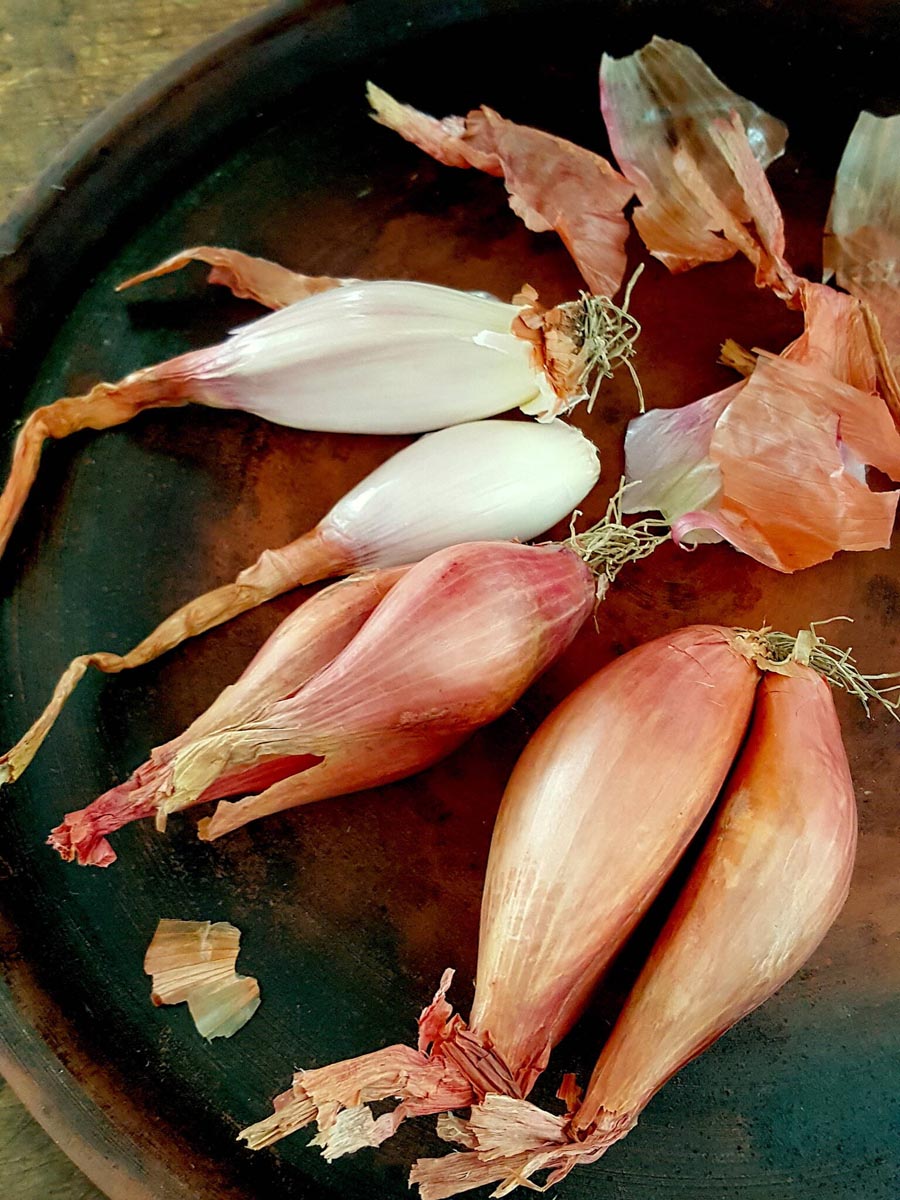
There’s nothing more annoying than a recipe that calls for 1 shallot (or 2, 3, 4…).
How much is that?

There’s nothing more annoying than a recipe that calls for 1 shallot (or 2, 3, 4…).
How much is that?
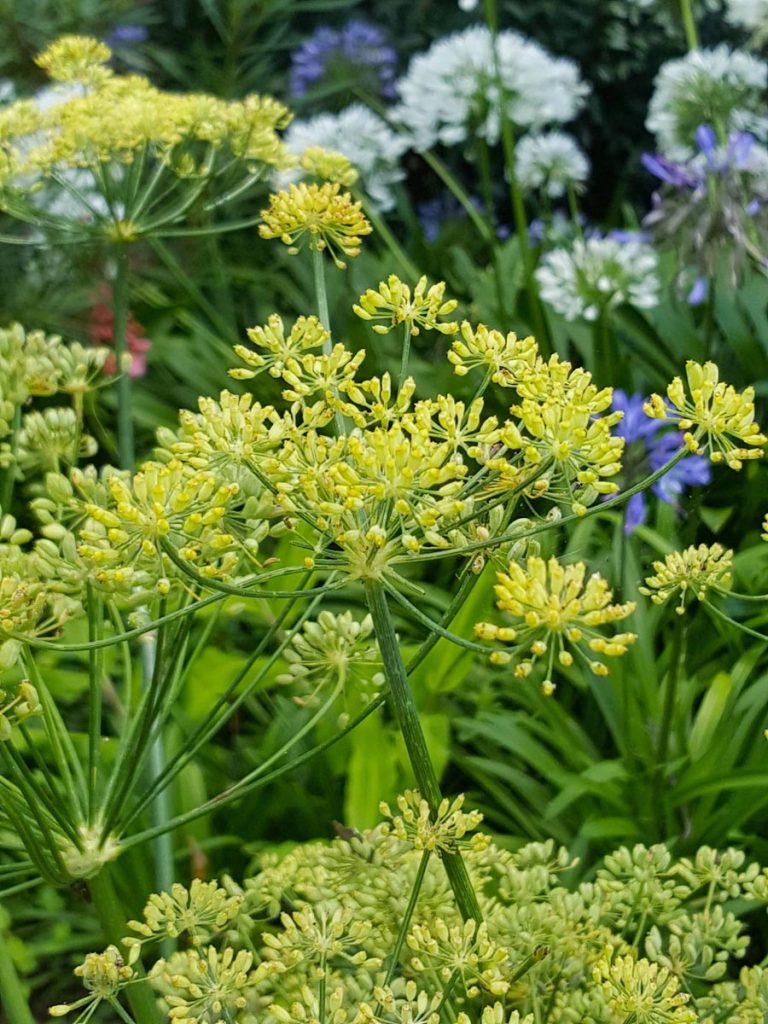
Letting some fennel plants go to seed, (accidentally or on purpose), will ensure you have fresh fennel seeds to use in dishes.
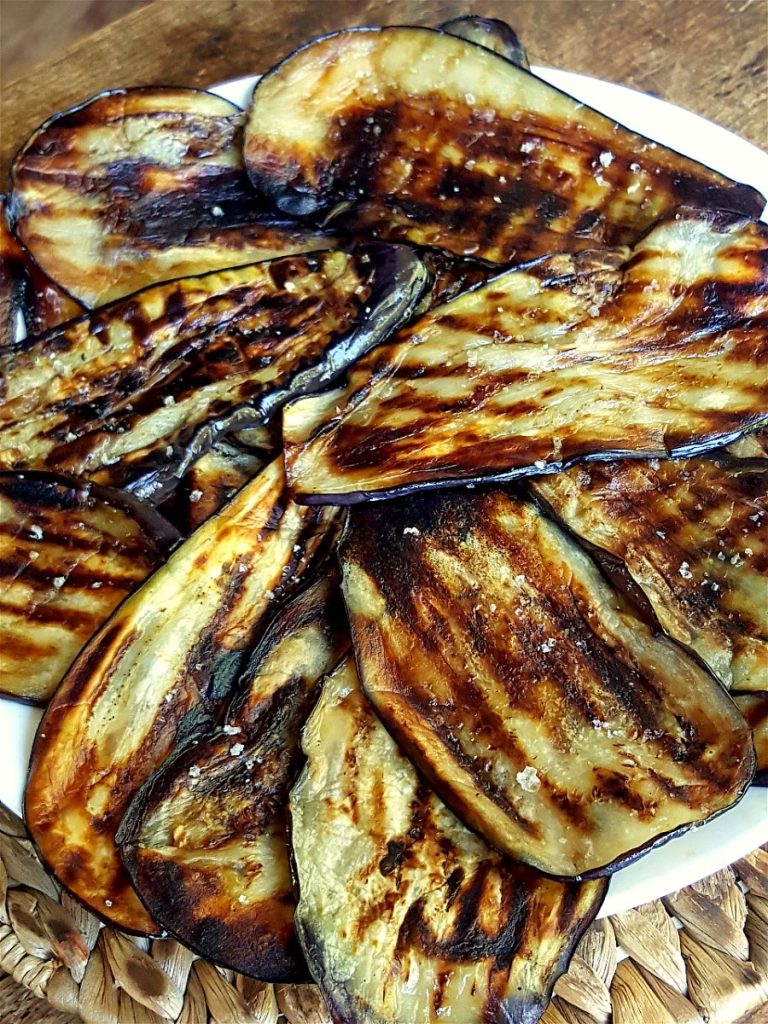
Eggplants can be char-grilled on a barbecue grill or in a ridged grill pan.
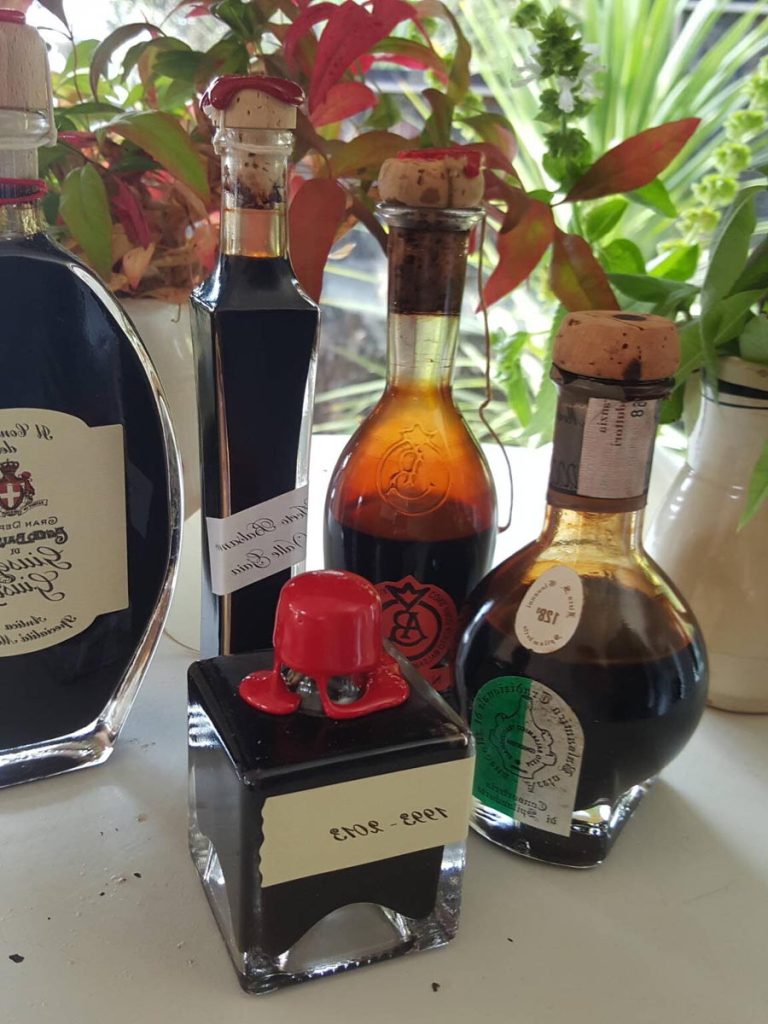
If someone asks you what you want for your birthday …
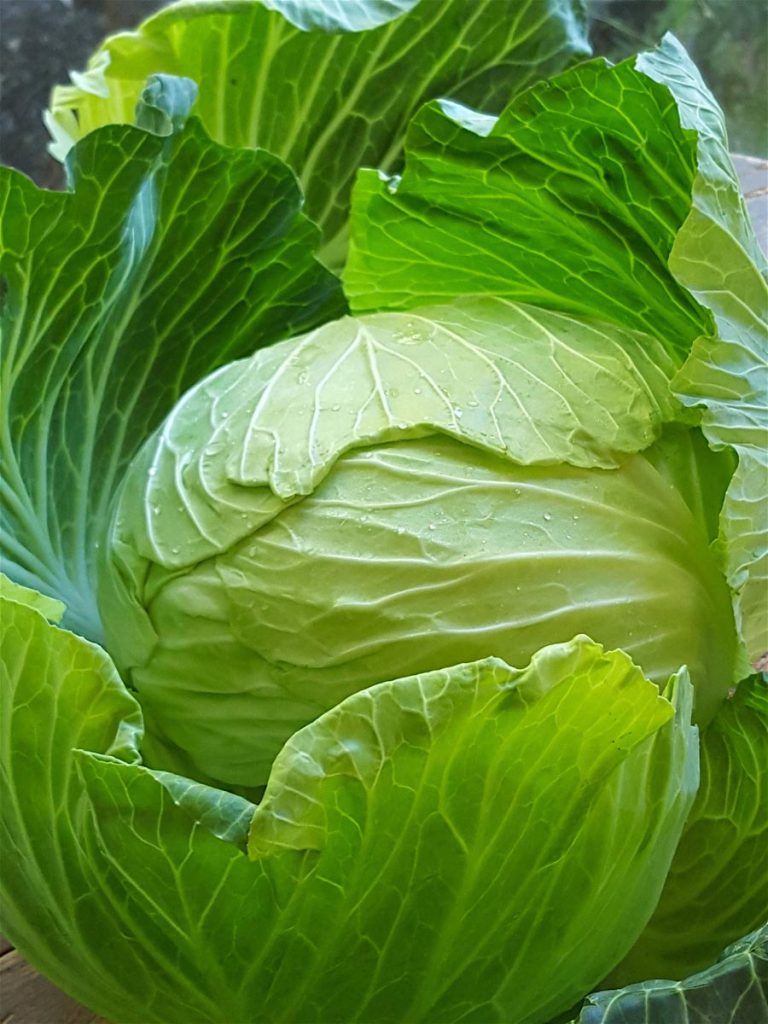
Cabbage is always there at the supermarket, cheap as chips, but most of us walk past it filling our trolleys with more expensive, often out-of-season produce.
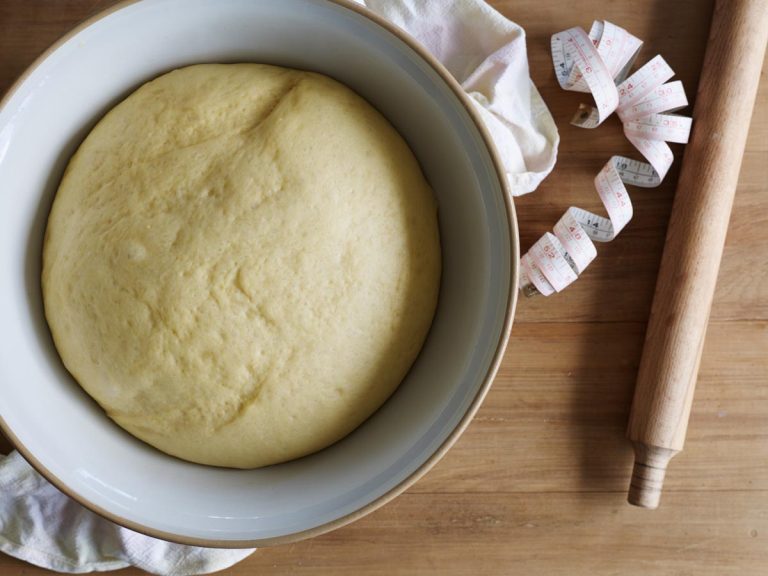
Learn the all-important steps to making bread
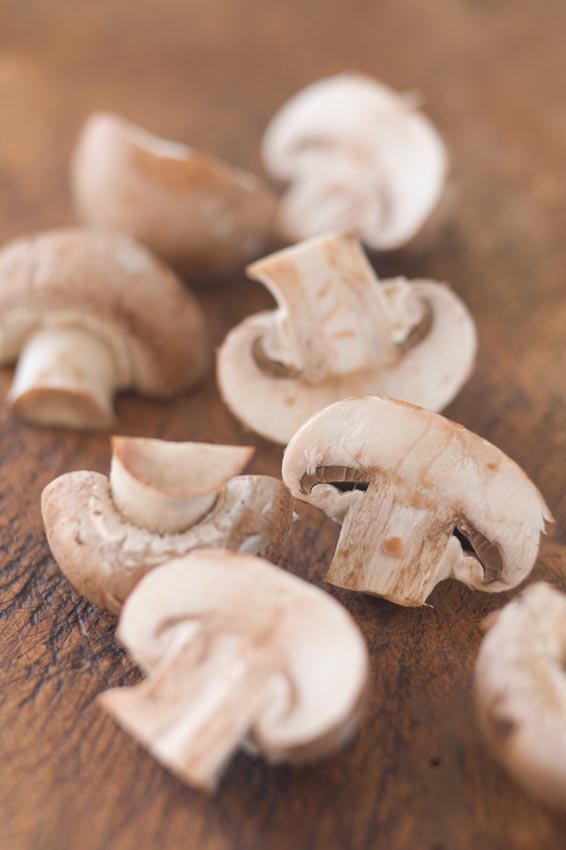
How to make the most of cultivated mushrooms.
No products in the basket.
Welcome to the new Shared Kitchen experience! If you encounter any issues, please let us know. Dismiss